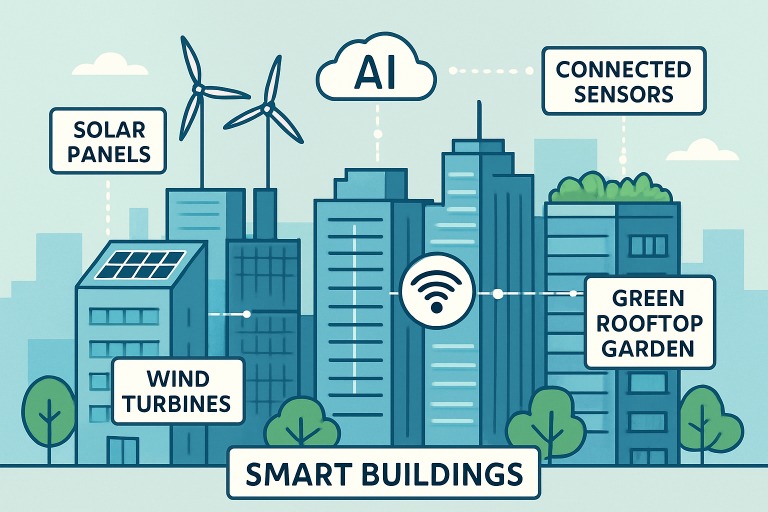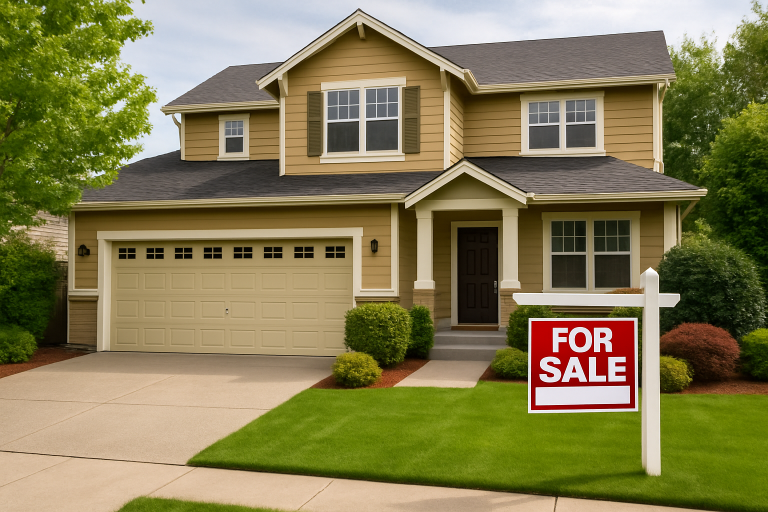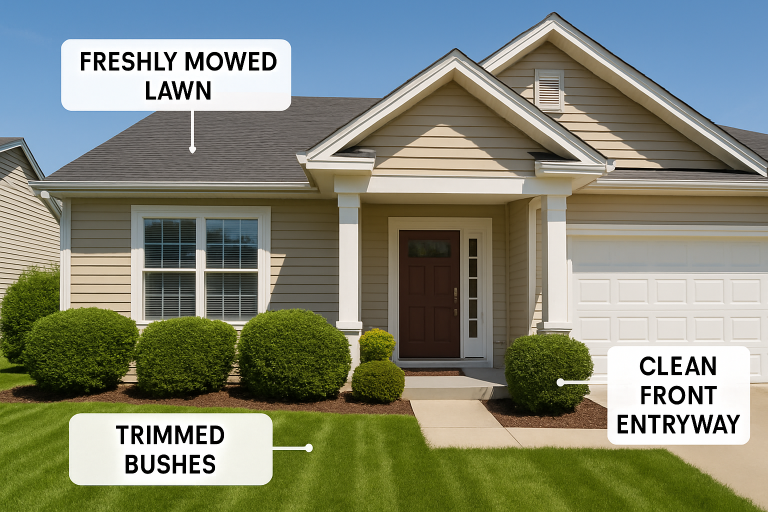Autonomous Building Systems: The Future of Smart Infrastructure
Introduction
With rapid urban growth and technological advancements reshaping city landscapes, autonomous building systems are becoming a pivotal force in the evolution of modern infrastructure. These systems promise to deliver unprecedented efficiency, sustainability, and occupant well-being in residential, commercial, and industrial facilities. Innovations in building management are transforming conventional automation into truly self-sustaining environments, ushering in a new era for building automation worldwide.
Unlike traditional approaches that require manual oversight, autonomous building systems harness sophisticated digital technologies to enable buildings to run independently. This shift is redefining facility management and energy strategies, allowing the buildings to interact seamlessly with their environment, utilities, and occupants.
Driven by artificial intelligence and interconnected devices, these systems continuously learn from usage patterns, weather conditions, and peak occupancy periods, proactively optimizing everything from airflow to lighting and resource consumption. As the demand for sustainable urban solutions increases, autonomous buildings will play a crucial role in meeting both economic and environmental goals.
These advances not only respond to current sustainability standards but also pave the way for future-ready, resilient cities. By integrating autonomous capabilities into the built environment, we lay the groundwork for adaptive, intelligent urban infrastructure that can respond and evolve with society’s needs.
What Are Autonomous Building Systems?
Autonomous building systems refer to structures equipped with integrated, intelligent technologies capable of managing themselves without human input. These systems connect different building elements—such as HVAC, lighting, access control, and security—using advanced software and hardware, so that each component functions in harmony and reacts immediately to changing conditions. Through continuous data analysis and feedback loops, these buildings adjust operations to optimize utility usage, security, comfort, and energy efficiency.
Unlike simple automated systems, autonomous buildings “sense, think, and act” — they interpret sensor data, predict changes through AI, and then automatically enact the best responses. This increasingly holistic approach goes beyond pre-programmed schedules to deliver truly adaptive and sustainable infrastructure.
Key Technologies Driving Autonomous Buildings
Four primary innovations are making autonomous buildings possible:
- Artificial Intelligence (AI): AI powers real-time analysis and decision-making, continually adapting building performance by recognizing and responding to occupant needs, weather patterns, and system anomalies.
- Internet of Things (IoT): IoT networks facilitate communication between devices, including sensors and control units, enabling seamless data exchange and centralized system management.
- Digital Twins: Utilizing virtual replicas, digital twins simulate building operations, allowing for performance testing, predictive maintenance, and workflow optimization before making real-world adjustments.
- Decentralized Autonomous Organizations (DAOs): Leveraging blockchain technologies, DAOs bring increased transparency and automation to building management, facilitating secure, rule-based decision-making that operates independently from any single authority.
To see how these solutions are reshaping the urban landscape, major research institutions, such as the Massachusetts Institute of Technology (MIT), are actively developing smart building prototypes to explore the potential and impact of digital transformation in architecture.
Benefits of Autonomous Building Systems
- Energy Efficiency: By dynamically adapting HVAC, lighting, and other systems to real-time demand, autonomous buildings minimize energy waste and substantially reduce utility costs, contributing to climate goals and green building certifications.
- Enhanced Comfort: Occupants enjoy consistently optimal conditions, with ambient temperature, air quality, and lighting seamlessly managed for maximum comfort and productivity.
- Operational Cost Savings: Predictive analytics enable the early detection of faults, allowing for proactive maintenance and minimizing expensive repairs and unplanned downtime.
- Improved Safety and Security: Automated surveillance, threat detection, and emergency response protocols help protect both property and occupants while providing faster incident resolution.
These advantages enable property owners and operators to realize long-term savings, greater tenant satisfaction, and improved resilience. According to The New York Times, the widespread adoption of autonomous management could reduce building-related emissions by up to 40%, underscoring its importance in global climate strategies.
Challenges in Implementing Autonomous Buildings
Despite their promise, several barriers remain:
- High Initial Costs: Investment in advanced infrastructure, software, and retrofitting can be prohibitively expensive, especially for older buildings.
- Cybersecurity Risks: With increased connectivity, intelligent buildings become susceptible to hacking, data theft, and system manipulation, making robust cybersecurity measures imperative.
- Complexity of Integration: Merging legacy systems with modern technologies presents technical and operational challenges that require specialized expertise and thorough planning.
- Regulatory Compliance: Rapidly changing standards and varying local building codes can complicate the deployment and certification of new technologies.
Building owners must weigh upfront costs against future benefits, continuously monitoring and upgrading systems to maintain both cyber and operational resilience. As discussed by The Wall Street Journal, cybersecurity and interoperability are top concerns as adoption of these technologies becomes more widespread.
Real-World Examples of Autonomous Buildings
Industry leaders are actively pioneering autonomous building adoption. Johnson Controls, for example, has implemented AI-driven platforms that enable facilities to optimize energy usage, anticipate demand, and automatically resolve maintenance issues with minimal intervention. Their OpenBlue digital suite is among the first to forecast occupancy patterns and customize resource allocation for maximum efficiency. You can learn more about their initiatives on their official website.
Future Outlook for Autonomous Building Systems
The future of autonomous buildings is closely tied to advances in AI, connectivity, and regulatory frameworks. Over the next decade, increasing integration with citywide smart grids and renewable energy networks will set the stage for resilient, adaptive infrastructure on a metropolitan scale. As deployment expands and costs decline, even mid-sized and smaller structures will be able to benefit. By 2030, autonomous building systems are expected to become standard in new construction and retrofit projects globally, driving both sustainable growth and livable urban environments.
Experts anticipate that these systems will not only lower operational costs but also redefine how urban spaces respond to climate risk, social change, and population growth.
Autonomous building systems embody the next frontier in creating smart, resilient, and ultimately self-sufficient urban spaces. By embracing these technological advances today, property owners and managers have the opportunity to shape a sustainable and efficient built environment for generations to come.







